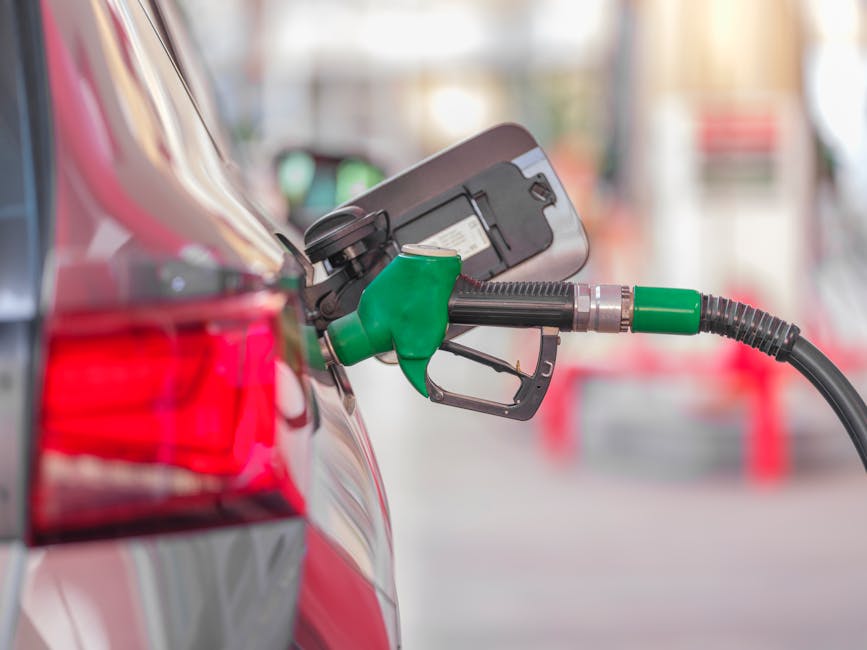Vehicle design plays a pivotal role. Aerodynamics, the study of air flow around a vehicle, is paramount. A streamlined body, minimizing drag, significantly impacts fuel consumption. Drag increases exponentially with speed, meaning even small improvements in aerodynamic design yield substantial benefits at higher velocities. Features like carefully sculpted front ends, integrated spoilers, and underbody panels all contribute to reduced drag. Similarly, the vehicle’s rolling resistance, the friction between the tires and the road surface, greatly influences fuel efficiency. Tire pressure, tread design, and even the type of road surface all contribute to this resistance. Properly inflated tires reduce rolling resistance, enhancing fuel economy.
Weight is another critical factor. Heavier vehicles require more energy to accelerate and maintain speed, directly leading to decreased fuel efficiency. Manufacturers continually seek ways to reduce vehicle weight through the use of lightweight materials such as aluminum and carbon fiber, while maintaining structural integrity and safety. This focus on lightweighting represents a significant engineering challenge, necessitating a balance between material strength, weight reduction, and overall cost.
The engine itself is a major determinant of fuel efficiency. Internal combustion engine (ICE) technology has advanced considerably, with improvements in fuel injection systems, combustion chamber design, and valve timing contributing to greater efficiency. Direct injection systems, for example, precisely deliver fuel into the combustion chamber, optimizing combustion and reducing fuel waste. Furthermore, engine displacement, the volume of the cylinders, directly correlates with fuel consumption. Smaller displacement engines generally exhibit better fuel economy than larger ones, although technological advancements are constantly blurring this line. Engine technology beyond the internal combustion engine, such as hybrid and electric powertrains, offer substantial fuel efficiency gains by utilizing alternative energy sources and regenerative braking.
Transmission type also significantly impacts fuel efficiency. Automatic transmissions with many gears allow the engine to operate at its most efficient speed across a wider range of driving conditions. Continuously variable transmissions (CVTs) offer seamless gear changes, optimizing engine operation for even greater fuel economy. Manual transmissions, while offering driver control, may not always achieve the same level of optimization as modern automatic systems. The efficiency of the transmission, its internal friction, and the gear ratios used all affect the overall fuel efficiency of the vehicle.
Driving habits are perhaps the most overlooked, yet highly significant factor. Aggressive driving, including rapid acceleration, hard braking, and high speeds, substantially increases fuel consumption. Conversely, smooth and anticipatory driving, maintaining a steady speed, and utilizing momentum, significantly improves fuel economy. Idling, while seemingly insignificant, cumulatively contributes to considerable fuel waste. Proper driving techniques, coupled with awareness of fuel consumption patterns, can lead to substantial improvements in real-world fuel efficiency.
Environmental conditions also influence fuel efficiency. Cold weather necessitates increased use of the engine’s heating system, which draws power from the engine and reduces overall efficiency. Similarly, climbing steep inclines requires increased engine power, thus impacting fuel consumption. Headwinds create added drag, impacting fuel economy, particularly at higher speeds. Altitude also plays a role, as air density decreases with altitude, requiring more fuel for equivalent power output.
Finally, fuel quality plays a subtle yet important role. Higher-quality fuels, with appropriate additives and consistent composition, can lead to slightly improved combustion and, consequently, enhanced fuel efficiency. The use of fuel additives is a subject of ongoing debate, with some claiming benefits while others dispute their effectiveness. However, adhering to the manufacturer’s recommended fuel type is crucial for optimal engine performance and longevity.
In summary, fuel efficiency is not a singular characteristic but rather the product of a multifaceted interaction between vehicle design, engine technology, transmission type, driving habits, and environmental conditions. Understanding these factors enables both manufacturers to optimize vehicle designs for increased fuel economy and consumers to adopt driving practices that maximize their vehicle’s efficiency. Continued research and development in areas like lightweighting, advanced powertrain technologies, and optimized aerodynamic designs will continue to push the boundaries of fuel efficiency in the automotive industry. This continuous improvement is essential not just for economic reasons but also for mitigating the environmental impact of transportation.
